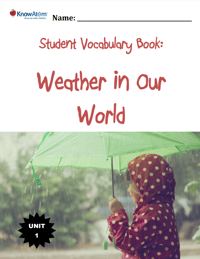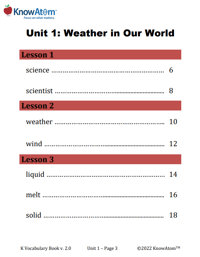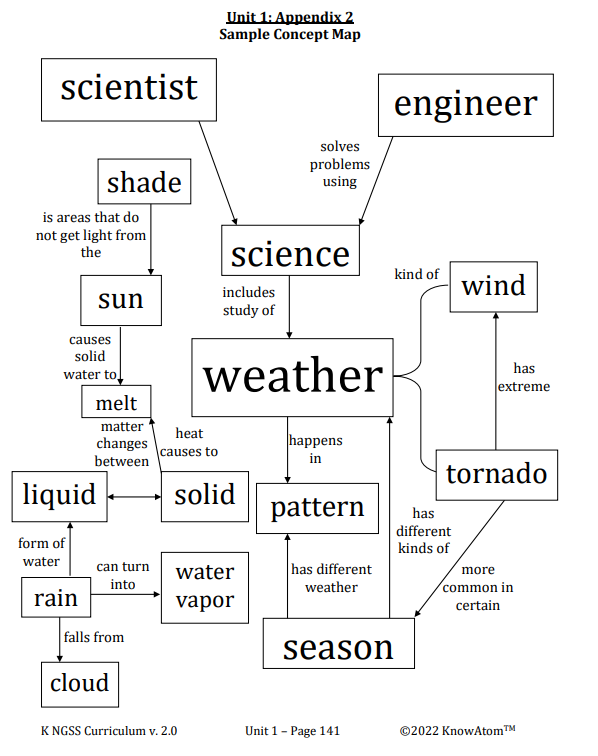In this lesson, students discover how the sun warms various Earth materials. Students conduct an experiment using materials such as rock, soil, sand, and water, and notice how they feel in the sunlight and in the shade.
Kindergarten students start to develop the practices that scientists use to gather data, make and test hypotheses, and share their findings. During this unit, students will ask questions and make observations as they explore weather patterns and investigate how the sun heats different Earth materials. This page is an extract from lesson 9 where students conduct an experiment to analyze how materials are warmed differently in the sunlight than they are in the shade.
This teacher's background gives teachers in-depth insight into the phenomenon the students will learn about. In this lesson, students build on their knowledge of temperature by carrying out an experiment to compare the effect of sunlight and shade on different Earth materials.
Earth has many different surfaces, including snow-covered land, forests, oceans, polar ice caps, and human-built cities and roads. Each surface absorbs heat differently and we can feel those differences by noticing the temperature variation. Picture the blacktop on a newly paved road on a hot summer day. Its dark color makes it a strong absorber, so little of the sun’s energy is reflected away. Instead, that energy is absorbed as thermal energy (heat). This causes the road to become hotter.
Lizards instinctively know that different kinds of surfaces absorb heat from the sun differently.
Lizards have to move from surface to surface to regulate their internal body temperature. Lizards and other reptiles rely on their external environment to keep their bodies at a stable temperature. This is different from humans and other animals, who can maintain a stable body temperature through internal body processes.
Shade is the area around an object where sunlight cannot reach. Shade is the darkness created by a shadow, which is a dark shape created when an object blocks light. Temperatures are cooler in the shade because the sun’s energy is not reaching that area directly. In the previous lesson, students investigate the temperature difference of materials in direct sunlight and those in the shade. In this lesson, students carry out an experiment to explore the relationship between the sun’s shining and temperatures by investigating the temperatures of different materials in the sun and in the shade.
In this lesson, students discover how the sun warms various Earth materials. Students conduct an experiment using materials such as rock, soil, sand, and water, and notice how they feel in the sunlight and in the shade.

Prepared hands-on materials, full year grade-specific curriculum, and personalized live professional development designed to support mastery of current state science standards.
Misconception: The seasons cause weather to change.
Fact: Seasons have specific weather patterns associated with them, but they aren’t the cause of the weather.
Shade : the area around an object where sunlight cannot reach


The hands-on activity is a mini-lesson in which students conduct an experiment to notice the difference in temperature between Earth materials placed in the sun and in the shade. Students compare how materials, such as sand, rock, water, and soil, feel in the sun versus how they feel in the shade. Through a Socratic dialogue, students are able to discuss the evidence that shows how materials feel when placed in the sun or in the shade.
KnowAtom incorporates formative and summative assessments designed to make students thinking visible for deeper student-centered learning.

Standards citation: NGSS Lead States. 2013. Next Generation Science Standards: For States, By States. Washington, DC: The National Academies Press. Neither WestEd nor the lead states and partners that developed the Next Generation Science Standards were involved in the production of this product, and do not endorse it.
